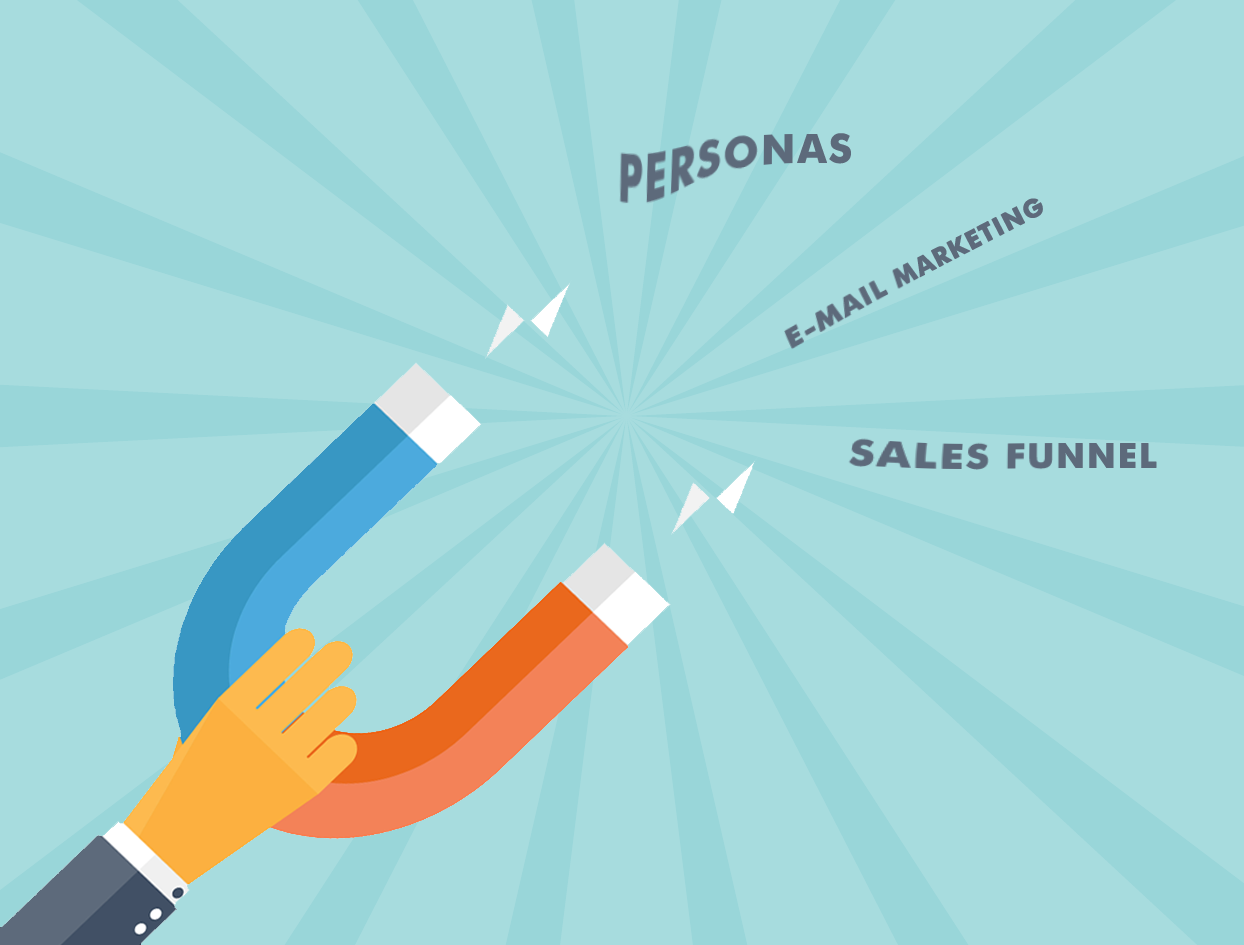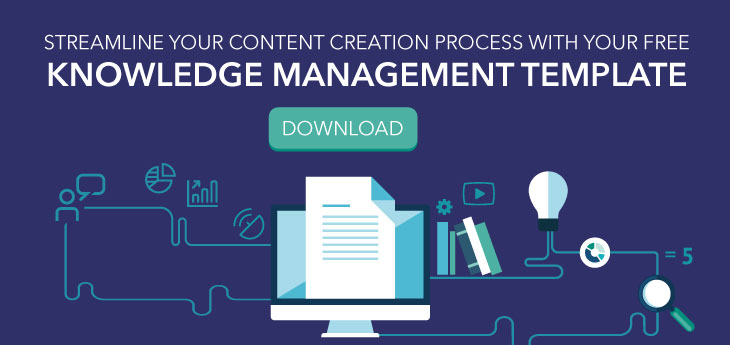
According to this year’s B2B Content Marketing Benchmarks, Budgets, and Trends — North America report, 54 percent of B2B marketers say that producing engaging content is their biggest content marketing challenge.
If you’re like the majority of B2B marketers, you’re always looking for ways to stay connected with your audience. So how do you create content that draws in your ideal audience and converts them into loyal customers?
Attract the Right Person
When developing content, too many marketers fail to pinpoint their audience.
Both digital and traditional marketing channels are crowded with brands clamoring for consumers’ attention. Cutting through the noise requires a laser focus on the ideal buyer, speaking directly to his interests and needs.
Imagine trying to appeal to both Jane, the 40-something HR director, and Sara, the 20-something stay-at-home mom. You could create a generic message that might apply to both, but each of these categories has a unique perspective. Your content becomes much more compelling when you’re able to choose one viewpoint and tap into an individual perspective.
Instead of taking a one-size-fits-all approach, create detailed buyer personas for the decision makers you’re trying to reach.
Create Hyper-Relevant, Compelling Content
Once you’ve developed your buyer personas, you can uncover where their pain points and your expertise intersect. This is where you’ll find a cache of content ideas to start developing and sharing with your audience.
As you develop content, think not only about your buyer personas, but also about their place in the sales funnel.
For example, blog posts work well to increase brand awareness, while customer case studies are great to share with leads in the buying stage.
Hint: For more inspiration on what type of content to send when, check out the Content Grid Infographic.
As you create content that’s tailored to your buyer personas, you can measure engagement to see which topics are really resonating with your audience.
Website tracking tools can give you insight into which pages of your website are getting the most traction. Tracking the social reach of your content can also clue you in to which types of content are performing best.
Personalize Your Email Marketing
So you’ve identified your buyer personas and tailored content for them at each stage of the sales funnel.
While you’re hosting content on your website and sharing on social media, there’s one more step you can take to better engage your audience and drive sales.
Email marketing seems old-school, but it’s still one of the most powerful marketing tools, with the Direct Marketing Association reporting a $40 return on every dollar spent.

But sending the same blanket email newsletter to everyone on your list isn’t enough to earn the attention of today’s distracted consumers.
That’s where marketing automation comes in. With marketing automation, you can easily segment your audience based on their interests and automatically send targeted emails or email campaigns.
According to a VentureBeat marketing automation report, companies that personalize messaging with marketing automation tools get almost double the conversions of those that don’t.
And while only 5 percent of businesses are currently using marketing automation, Econsultancy reports that nearly two-thirds of companies would like to improve email personalization, marketing automation, and segmentation.
Today, your audience members expect a personalized experience based on their behavior. Marketing automation can help you track your contacts’ activity, segment them by their interests, and determine their readiness to purchase.
With this information in hand, you can send the tailored content you’ve created to the right buyer persona at the right time in the buying journey. With hyper-relevant content in their inboxes, prospects will be much more likely to open emails, click through to your content, and share it — boosting sales and exposure for you.
Drive Repeat Customers
As marketers, we often talk about increasing engagement and driving sales among prospects. But there’s one more piece to the puzzle if you want the business to thrive.
How do you boost customer lifetime value, increase referrals, and stabilize your revenue stream? Turn your customers into repeat buyers, of course!
Personalized email marketing doesn’t stop with your prospects. Sending tailored content to your customers is key to staying top of mind and ensuring they’ll come back to buy again and again. The entertaining and educational content you’re creating for your prospects might be relevant to your customers, too. Continue to keep in touch, and share pertinent articles so they’ll remember your brand when the time comes to make a repeat purchase.
You can also use your customers’ purchase history to create upsell and cross-sell email campaigns that convert one-time buyers into returning customers. Finally, send email campaigns to your happiest customers to ask for referrals, or gather customer testimonials that entice new prospects to choose your business.
With so many online distractions, it can be tough to get the attention your company deserves. Tailoring your content to your audience can boost engagement, keep your business in their hearts and minds, and put you on the fast track when the time comes to buy.








